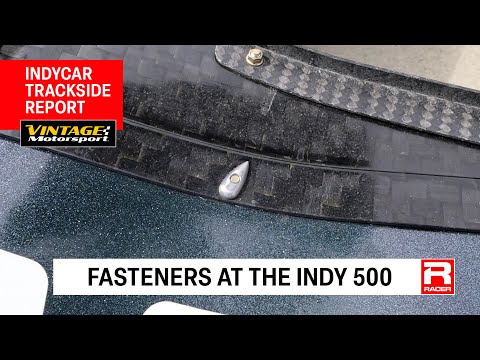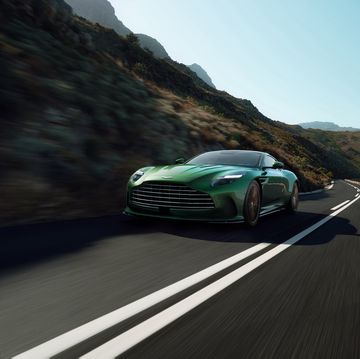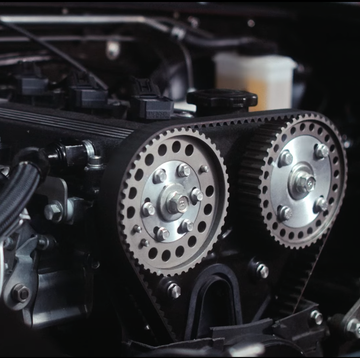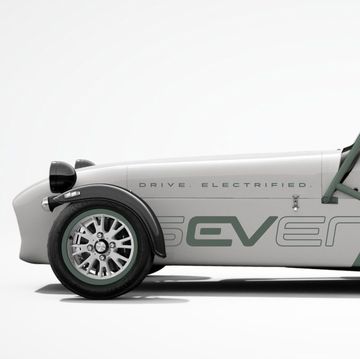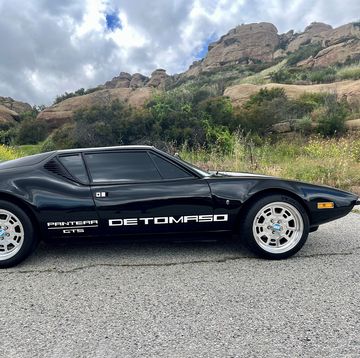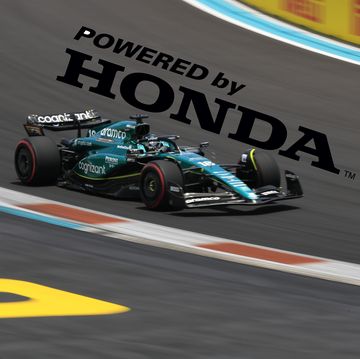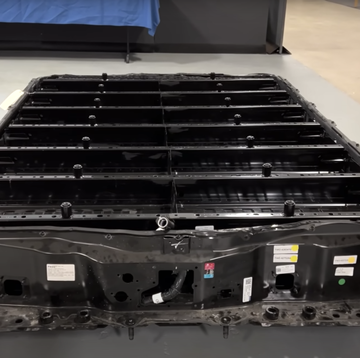This weekend marks qualifying for next Sunday's Indianapolis 500, a weekend-long saga that pits IndyCar teams against the limits of what a spec chassis can do and drivers against the challenges that come with four flat-out laps in a car designed to optimize lap times over drivability. IndyCar has used the same chassis since 2012, so teams have had to work down to the smallest details to find new speed. As RACER's Marshall Pruett illustrated on YouTube today, that even includes the literal nuts and bolts that fasten aero components to the car.
In a video for RACER's YouTube channel, Pruett looks at three front wing extensions fastened to car in different ways. The first, on a car run by Chip Ganassi Racing, is simply a set of screws fastened to a hexagon-shaped nut to hold on an unpainted bare carbon wing extension. That is the most obvious choice, keeping the component attached and most easily adjusted. At Arrow McLaren, things get more complicated.
The McLaren team instead uses custom, teardrop-shaped nuts designed to both create as little air resistance as possible and channel any air passing over toward specific corners of the front wing extension. These are complicated, expensive, and difficult to work with for a negligible advantage, but the strength of the idea is clear.
Penske, meanwhile, chooses to use a captured nut plate over a wrapped front wing extension. While these do not weaponize the fastening mechanism to channel air in a specific direction, they minimize the amount of the nut exposed to the air at speed in a relatively simple way.
All of this is only for big ovals, where high speeds and a focus on downforce make every detail all the more important, and the nut design is just one of many details that can make the difference in speed at a track like Indianapolis. The detail-oriented approach suggests many other exacting decisions, though, and Arrow McLaren's nut design reflects speed elsewhere; as of the time of publishing, Alexander Rossi leads the first day of Indianapolis 500 qualifying with an average 4-lap speed of 233.528 MPH

